Warning for horse owners
Photo: A close-up of the toxic weed threatening equine food sources
Hoary alyssum (Berteroa incana) is an invasive weed species that has been introduced from Eurasia in “Wildflower” seed mixes and is quickly spreading throughout the West Kootenay, particularly in the Fruitvale, Harrop-Procter, and Lower Arrow Lake areas – and sometimes in the food supply of horses, to which it can be very toxic.
This plant is commonly found growing in closely grazed pastures, drought-stressed meadows (particularly alfalfa fields), abandoned fields, and along roadside edges. Hoary alyssum is well adapted to dry conditions, particularly in areas with sandy to gravelly soils. Due to the recent extreme temperatures and lack of rain this summer, this plant is flourishing.
Hoary alyssum is toxic to horses, both when fresh and dried in hay, and can remain toxic for up to nine months. Though it is not preferred horse forage, horses will nibble on it when other plants are not growing due to overgrazing and/or drought. When buying hay, be sure to thoroughly examine all bales for presence of Hoary alyssum and other Invasive plant seeds. It is often very difficult to see this plant once dried, and as little as 30 per cent of Hoary alyssum in one bale of hay may cause signs of toxicity in horses.
Toxicity symptoms in horses range from depression to “stocking up” (swelling in the lower legs), which generally occurs 12 to 24 hours following ingestion of hoary alyssum in hay or on pasture. A fever, short term diarrhea and abortions in pregnant mares, have also been observed. These clinical signs normally subside two to four days following removal of the Hoary alyssum source. In more severe cases, an apparent founder with a stiffness of joints and reluctance of the animal to move has been observed. Recovery of animals with clinical evidence of founder may take several additional days. Some horses are extremely susceptible to the toxin, and consumption of Hoary alyssum may prove fatal.
Key identifying traits
* Flowers are white with four petals, deeply divided;
* Usually only branched at the top of the plant;
* Leaves are alternate, blades are simple, gray green in colour and coarsely textured to the touch;
* Fruit is oblong, with two compartments containing two to six seeds;
* Seeds grow close to stem, are round to oblong, narrowly winged, grayish-brown and rough.
Minimizing problems with Hoary alyssum begins with good pasture management and controlled grazing. When this weed is found in an established pasture, hand-pulling/cutting followed by bagging and/or herbicide use are good containment strategies which should be completed before seeds ripen and spread. These plant seeds do not carry on the wind, so an awareness of it and early control can go a long way in reducing its spread. Seeds disperse primarily in contaminated hay and are often spread by vehicles, equipment, and footwear. Ensure that vehicles, equipment, footwear and clothing are free of seeds when leaving an area where Hoary alyssum is established.
Taking steps to decrease transfer and ensuring that your hay and pastures are not contaminated with Hoary alyssum will go a long way in meeting the Central Kootenay Invasive Plant Committee’s (CKIPC) priority of containing the spread of this toxic invasive plant. Please contact us for more information about invasive plants at : www.kootneyaweeds.com, or call us with your questions: 250-352-1160 or call the Invasive Plant Council of BC (IPCBC) at 1-888-weedsbc

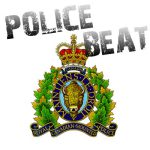
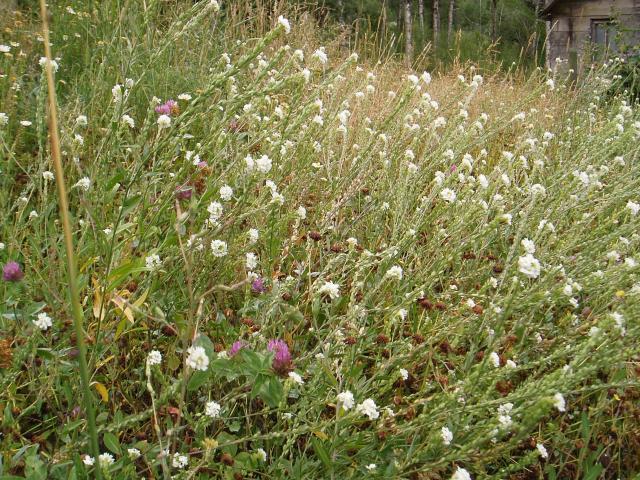
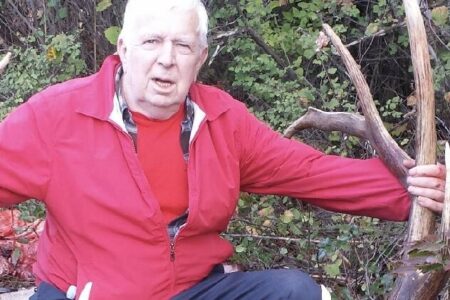






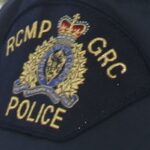








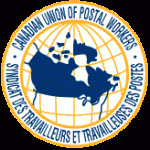







Comments